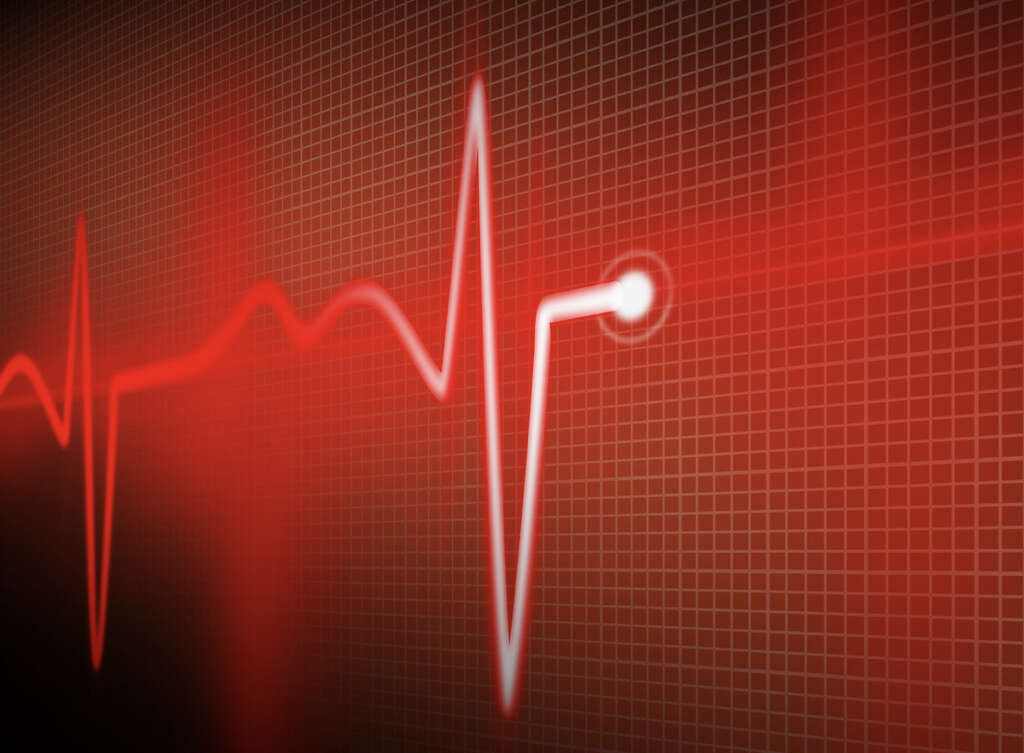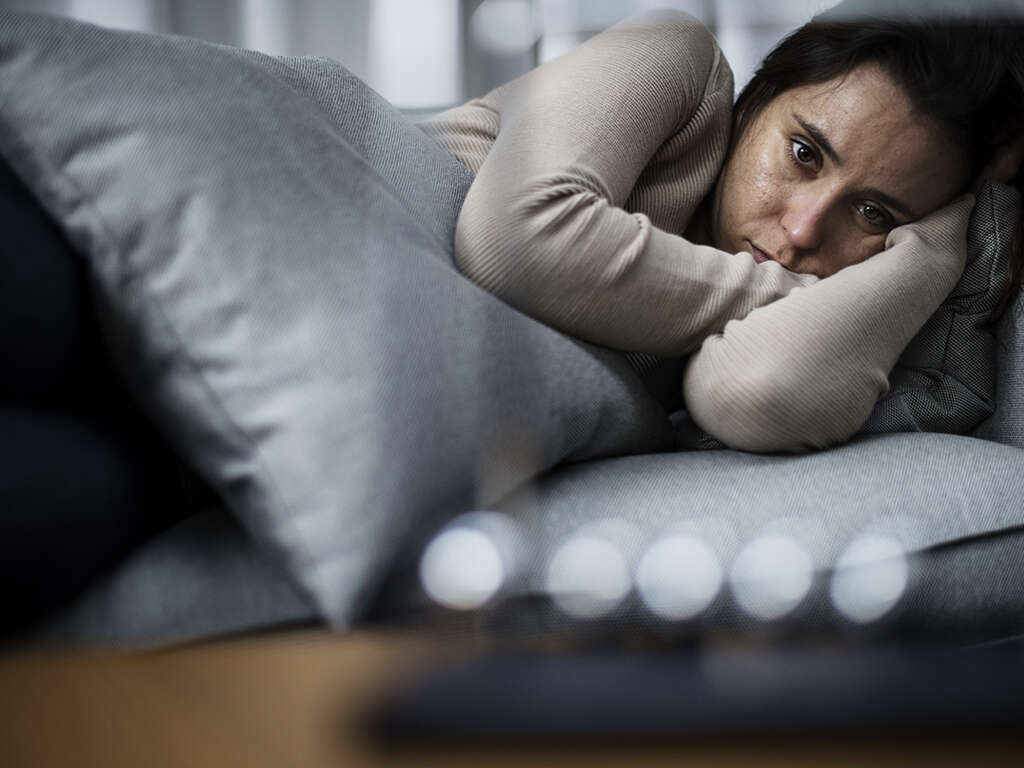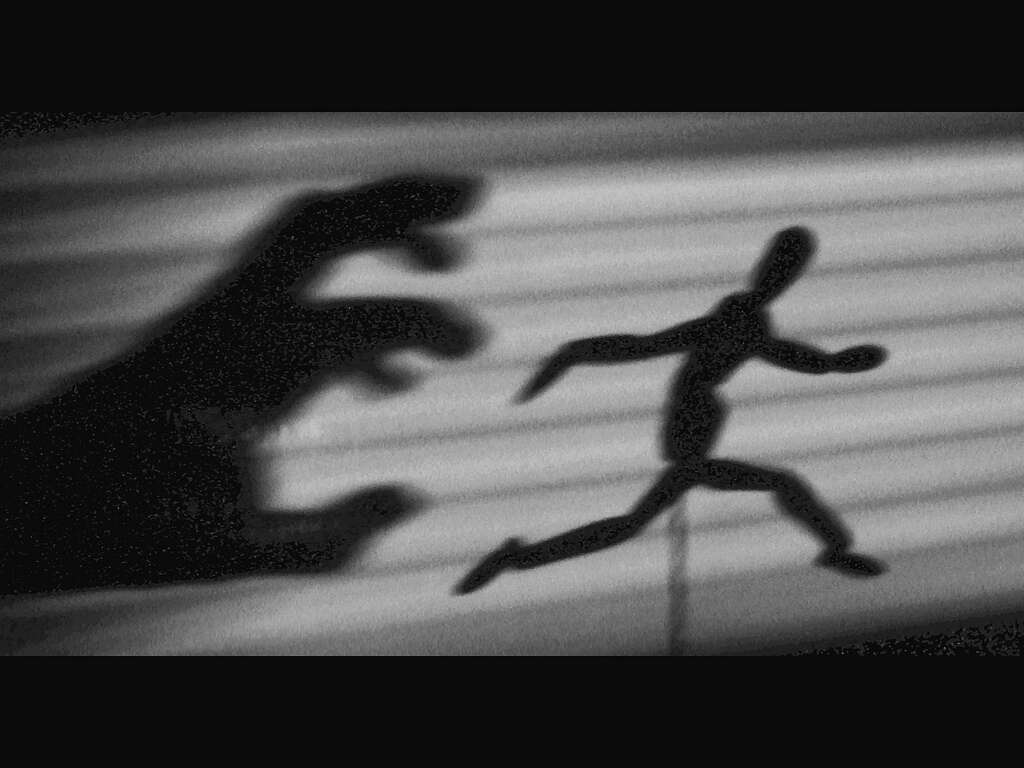10 Anxiety Attack Symptoms
 Article Sources
Article Sources
- 1. Brenes, G. A., Miller, M. E., Stanley, M. A., Williamson, J. D., Knudson, M., & McCall, W. V. (2009). Insomnia in older adults with generalized anxiety disorder. The American journal of geriatric psychiatry : official journal of the American Association for Geriatric Psychiatry, 17(6), 465–472. https://doi.org/10.1097/jgp.0b013e3181987747
Anyone can experience anxiety at some point in their life. For instance, it may present as a mild or severe sensation of fear or worry in the face of a stressful situation (i.e. job interview). However, anxiety can be the main symptom of several psychiatric disorders (anxiety disorders) including generalized anxiety disorder (GAD), social anxiety disorder, panic disorder, phobia-related disorders, post-traumatic stress disorder (PTSD), etc.
In these conditions, anxiety is more than a temporary sensation. Generally, it involves intense and excessive worry or fear concerning everyday situations, sometimes even without specific external stimuli. Moreover, this symptom is usually persistent and it interferes with a person’s daily activities (i.e. relationships, work).
It is important to understand that although the term “anxiety attack” is used widespread, it is not an official medical term. In fact, it is not referenced in the authoritative guide on mental disorders known as the “Diagnostic and Statistical Manual of Mental Disorders” (DSM-V). Unlike with panic disorder (“panic attacks”), which is referenced in the DSM-V, there’s not one set of recognized symptoms for anxiety attacks. Instead, the term commonly refers to a flare-up of generalized anxiety disorder (GAD). Importantly, “anxiety attacks” may share several signs and symptoms with “panic attacks”; however, they will likely be less severe.

1. Difficulty Controlling Feelings of Worry
Most of us have experienced worry more than once in our lives. It is normal to worry about things like money, health, or family issues. In fact, it can sometimes help us avoid, anticipate, or solve potential problems. However, people with Generalized Anxiety Disorder can experience extreme and persistent worry about a number of things and shift rapidly from one concern to another. Importantly, this sensation is very disproportionate to the impact of events.
Usually, people with generalized anxiety disorder find it hard to control worrying and nervousness. In reality, it can cause substantial distress in social, work, or other areas of their life. If you find yourself experiencing any of these signs or symptoms, don’t hesitate to ask for help and seek professional attention.

2. Restlessness
Restlessness is also known as the inability to relax and it may not necessarily be associated with a medical condition. However, people with anxiety disorders commonly experience restlessness as a symptom. For instance, a person that suffers from this condition may report feeling on edge or “keyed up”. Likewise, they may report an uncomfortable need to move. Importantly, restlessness can impact a person’s sleep and their ability to function properly during daily activities.
Like with other symptoms of anxiety, restlessness is a result of the activation of our body’s fight or flight response. Sometimes our Autonomic Nervous System (i.e. sympathetic nervous system), which is in charge of this reaction, activates or “goes on overdrive” in spite of the absence of danger. Hence, people with anxiety disorders may experience physical discomfort, including a sensation of restlessness.

3. Poor Concentration
Poor concentration refers to a difficulty to focus on tasks or think clearly. Importantly, several medical conditions can cause poor concentration, including many anxiety disorders. Specifically, people with Generalized Anxiety Disorder often report that they experience difficulty concentrating due to excessive worrying. In addition, they can also report a sensation of “their mind going blank”, which happens when attention fails to convey any stimuli into conscious awareness.
A lack of concentration can affect a person’s performance in school or at work because it can greatly impact decision-making. Finally, there are many techniques to improve concentration. Unfortunately, none of these are a replacement for managing anxiety, which is the underlying cause of these symptoms.

4. Fatigue
Fatigue is a medical term that can be defined as a pathologic sensation of constant tiredness that is very profound. Additionally, this extreme tiredness generally does not improve with rest. It is a symptom of a variety of medical conditions, including anxiety disorders.
Although anxiety is generally associated with arousal or hyperactivity, people with Generalized Anxiety Disorders will commonly experience fatigue. Many patients with this disorder report that they become easily fatigued. In fact, this symptom can either be chronic or it can appear after severe flare-ups of the disease.

5. Irritability
The definition of irritability as a symptom is complex. Essentially, irritability can describe a proneness to anger or a tendency to react to stimuli by experiencing a negative emotion (i.e. anger). People with irritability may experience persistent anger or an exaggerated sense of frustration over minor difficulties. Furthermore, irritability is a common manifestation of several psychiatric conditions, including anxiety disorders.
According to the DSM-5, irritability is a common symptom of Generalized Anxiety Disorder. Understandably, people with this disorder may have less tolerance for stress and may be quick to develop negative emotions and/or behaviors. Importantly, this symptom can have a negative impact on their interpersonal relationships.

6. Sleep Problems
Sleep problems are very common among people with anxiety disorders. In Generalized Anxiety Disorder, sleep disturbances can involve difficulty falling asleep, restless sleep, or struggle to stay asleep. In fact, it is estimated that roughly seventy-five percent of people with this disorder suffer from insomnia1Brenes, G. A., Miller, M. E., Stanley, M. A., Williamson, J. D., Knudson, M., & McCall, W. V. (2009). Insomnia in older adults with generalized anxiety disorder. The American journal of geriatric psychiatry : official journal of the American Association for Geriatric Psychiatry, 17(6), 465–472. https://doi.org/10.1097/jgp.0b013e3181987747. However, bear in mind that experiencing sleep disturbances does not necessarily mean you have a medical condition.
Sleep disturbances may be the result of a state of increased alertness caused by the disorder itself. In fact, people with anxiety disorders report that insomnia occurs more frequently during or at the beginning of an episode of anxiety. On the other hand, insomnia is also a risk factor for anxiety disorders1Brenes, G. A., Miller, M. E., Stanley, M. A., Williamson, J. D., Knudson, M., & McCall, W. V. (2009). Insomnia in older adults with generalized anxiety disorder. The American journal of geriatric psychiatry : official journal of the American Association for Geriatric Psychiatry, 17(6), 465–472. https://doi.org/10.1097/jgp.0b013e3181987747. If you are struggling with sleep problems and other symptoms of anxiety disorders, don’t hesitate to ask for help and seek professional attention.

7. Muscle Tension
People with anxiety disorders can experience greater levels of muscle tension. Muscles can become tense during a flare-up and the tension can linger long after the anxiety episode has subsided. If muscle tension continues long-term, muscle tightness can cause pain.
Our brain can cause physical reactions to our thoughts of fear in order to brace for a dangerous situation that is not actually happening. This is much like when the muscles of your body tense up when expecting a punch, except there is no real threat. While the brain does not send this signal to specific places in our body, people with anxiety disorder often experience muscle tension in the neck, jaw, and chest.

8. Increased Heart Rate
In addition to the cognitive and emotional symptoms, people with anxiety disorders can often experience physical signs and symptoms related to the pathologic activation of the autonomic nervous system (ANS). These can include an increased heart rate, palpitations, perspiration, shaking, etc. On the other hand, heart rate’s changes can also occur during severe anxiety episodes due to shortness of breath.
The ANS regulates the involuntary functions of many of our internal organs, such as the heart rate, respiratory rate, digestion, urination, pupillary response, and sexual arousal. This system is divided into two: the sympathetic nervous system (SANS), which is in charge of the fight or flight response (among other things), and the parasympathetic nervous system (PANS), which controls the opposite bodily responses. For instance, picture yourself in front of a giant bear: You should run, right? As a response, the SANS is going to prevail over the PANS to increase your heart rate and respiratory rate (among other changes). It does this, to redirect oxygenated blood to your muscles for the purpose of running or fighting, if necessary. Now, imagine that, in the absence of a threat, your body’s fight or flight response still activates and your heart rate increases. Simply put, this is an example of what patients with anxiety disorders can experience.

9. Excessive Sweating
People with anxiety disorders can experience excessive perspiration, especially during a severe episode of anxiety. In this condition, the body can go into “emergency mode” due to a pathologic activation of the Autonomic Nervous System (ANS).
Specifically, the activation of the sympathetic nervous system (SANS) causes an increase in the activity of sweat glands that results in excessive sweating. Additionally, the ANS shunts the majority of the blood away from the periphery towards the main organs and muscles that are key in the response to the “threat”. Thus, aside from excessive perspiration, people with these episodes can also experience cold extremities (i.e. hands and feet).

10. Diarrhea
As you may already know, there are many possible causes of GI disturbances. However, research has shown that there is also a correlation between these symptoms and anxiety disorders.
Gastrointestinal (GI) problems are frequent among people with anxiety disorders. Common gastrointestinal disturbances that have been associated with these conditions include diarrhea, nausea, stomach cramps, heartburn, loss of appetite/increased hunger, and constipation. Additionally, some GI diseases such as gastroesophageal reflux disease (GERD) and irritable bowel syndrome (IBS) have been linked to anxiety disorders.











